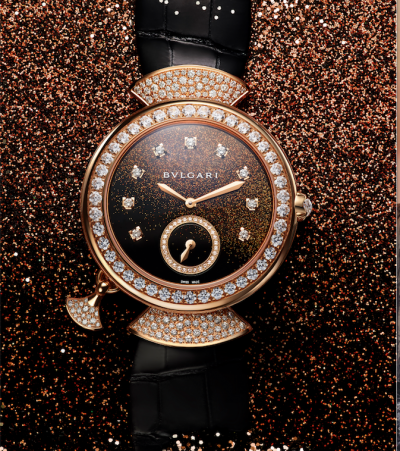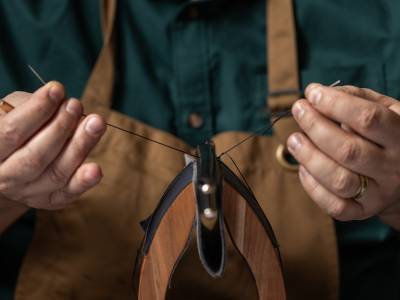For top jewellery houses to make their own watches is nothing new. The exquisite diamond models produced by Cartier in the Art Deco era are sought after at top-level vintage jewellery auctions worldwide, while Van Cleef and Arpels’ 1935 Cadenas model, based on a padlock and tilted so the wearer could check the time unobtrusively, is so timeless that the brand revived it three years ago to be a hit all over again.
Jewels of time: how jewellery house watches got serious
20th August 2018
Marrying complicated horology with their unique crafts, high jewellery houses from Chanel to Tiffany's are creating serious timepieces fitted with advanced movements
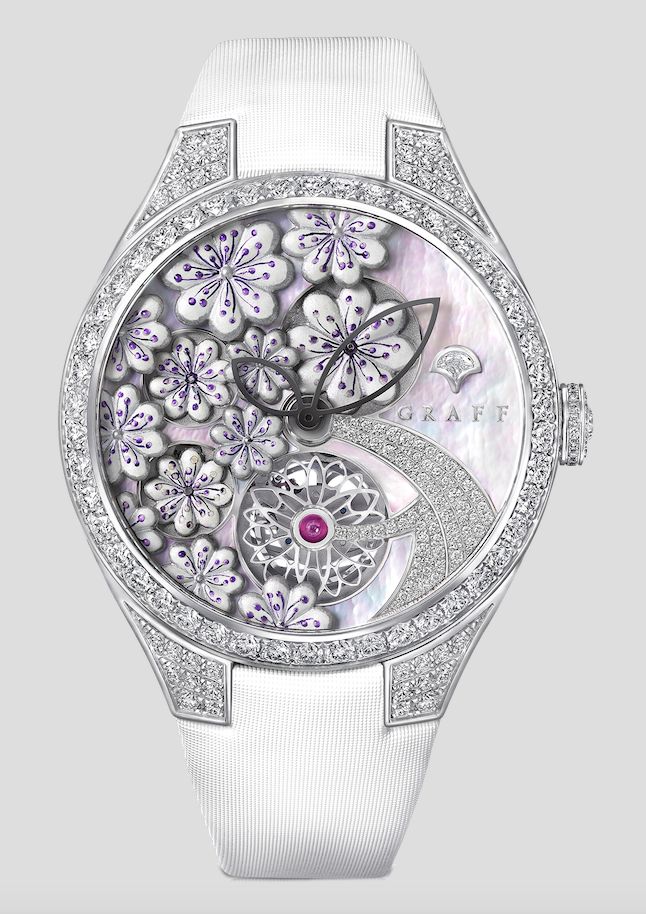
Houses whose raison d’être was beautifully set gemstones invariably saw watches as an extension of their jewellery offer. Energy went into creating stunning designs, often encrusted with diamonds and other stones, rather than what went on “under the bonnet”. They fitted their designs with small movements bought in from top watch houses, including Jaeger LeCoultre’s 101, the smallest movement ever made. More recently, they were generally fitted with quartz movements, a tradition that continues with high jewellery watches only likely to be worn on special occasions, to save the bother of winding before every wearing.
Some jewellery houses now put classic complications — in the past a masculine speciality — into a jewel watch context
As women have become more interested in the craft of a fine watch and in horological complications, jewellery brand attitudes have changed. They realise they can offer something unique, beautifully executed movements allied to all the crafts at a jeweller’s disposal, from gem setting and gold engraving to enamelling and hardstone marquetry. The change has been led by certain high fashion houses, which not so long ago produced only quartz watches made under licence that no-one took seriously. Then, in 1987 Chanel launched the Première, followed by the blockbuster J12, and the rest is history. Both Chanel and Dior, which already had substantial high jewellery ranges, now make their own mechanical watches in strong competition with those from traditional jewellery houses.
However, it is hard to visualise a model more imaginative than Van Cleef and Arpels’ ladies’ Planetarium, a smaller but even more complex version of the 2014 men’s design. It features the three inner planets orbiting a gold sun in real-time, each in its own disc of starry sky-like aventurine, and each a globe of precious material with pink mother-of-pearl for Mercury, green enamel for Venus and turquoise for the Blue Planet. The added complexity is the diamond Moon circling the Earth. As for time-telling — look, no hands, but a comet points the hours.
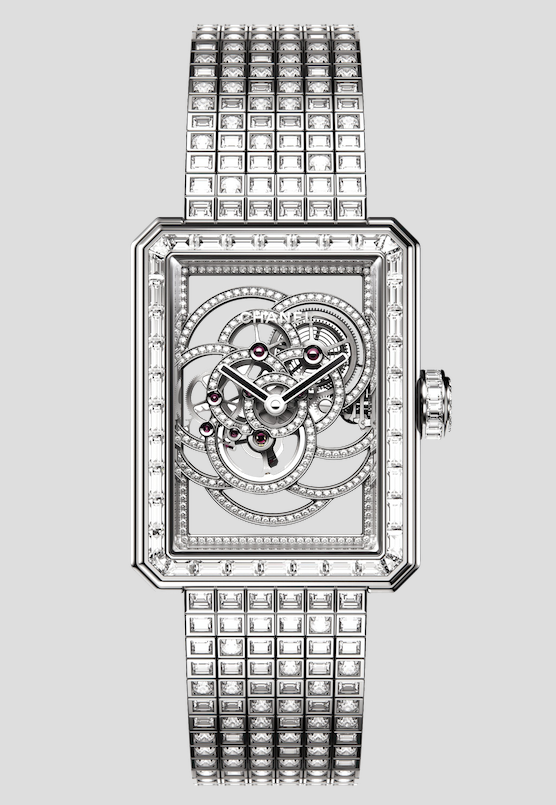
Or take the ingenuity of Cartier’s latest masterpiece, the Révélation d’une Panthère, which contains what appears to be a little heap of tiny gold beads that, as your wrist moves, resolves itself into a panther’s face, through a system of tiny, invisible channels cut in sapphire crystal. Or the boldness of thought that made Caroline Scheufele of Chopard put the “floating gems” of her Happy Diamonds jewellery into the Happy Sport, a fully functioning diving watch. That was 25 years ago and one of the first examples of adventurous horology from a jewellery brand, and it is still a best seller. New anniversary models include an elegant oval version and a small, 30mm edition, both full-scale diving watches. Graff’s new Floral creates a bouquet with benefits — 11 hand-cut, white gold flowers, all hand enamelled, three of which rotate in a mesmerising manner, while Glenn Spiro’s Reveal features just one — a big, sumptuously set gem, magically opening with a twist to reveal the watch below.
Not all jewellery house watches are so rare and complex and are no less desirable for that
Some jewellery houses now put classic complications — in the past a masculine speciality —into a jewel watch context. Bulgari’s Diva Finissima boasts the worlds slimmest minute repeater movement, created by its Swiss watch manufacture, while its Roman jewellery workshops have made the exquisite diamond-set case, where the usual chime mechanism lever as an additional, pavé diamond charm in the signature Diva fan shape. Harry Winston celebrates 20 years of its modernist Ocean collection with the feminine Biretrograde Automatic 36mm, its main dial picked out in rare Paraiba tourmalines along with diamonds.
Among fashion brands now in the business of serious movement-making, Chanel has created three in-house movements. The latest is a skeleton for its Boy.Friend model, in blackened metal with gold bevels and a plain gold or diamond bezel. Meanwhile, Dior’s Grand Bal watches have the automatic movement’s rotor on the front, with high craft decoration giving the impression of a ballgown whirling on a dance floor. The new Jardins Imaginaires series of 10 unique pieces is an interpretation of nature with gems, mother-of-pearl, butterfly wings and scarab beetles.
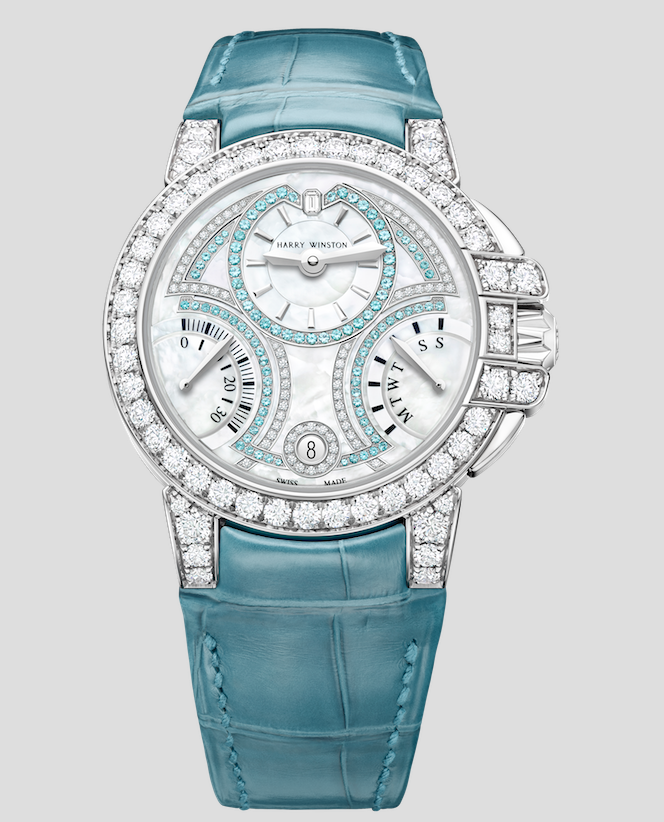
Not all jewellery house watches are so rare and complex and are no less desirable for that. Piaget has launched the Possession watch, a simply beautiful style with a smoothly turning, tactile, diamond bezel and vivid hardstone dials in turquoise, malachite, carnelian or lapis lazuli, made to complement the Possession jewellery range. Chaumet recalls the elegance of Belle Epoque pendant watches in two special versions of its classic Liens Lumière model, with hand guillochéd dials under translucent enamel with a delicate, open oval bezel of diamonds. And Tiffany’s Metro is an inspired design, with curved bracelet links and a delicate, guilloché dial. The masterstroke is the mix of brilliant and baguette-cut diamond hour markers, unmistakably a jeweller’s watch and an understated example of the new symbiosis between two supreme crafts.
